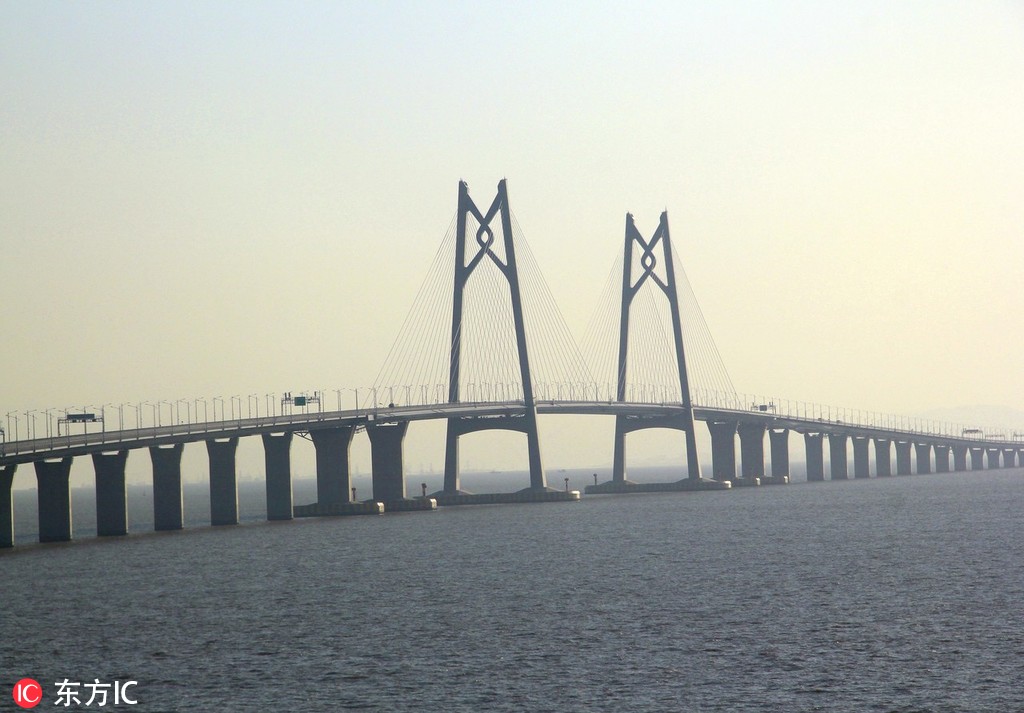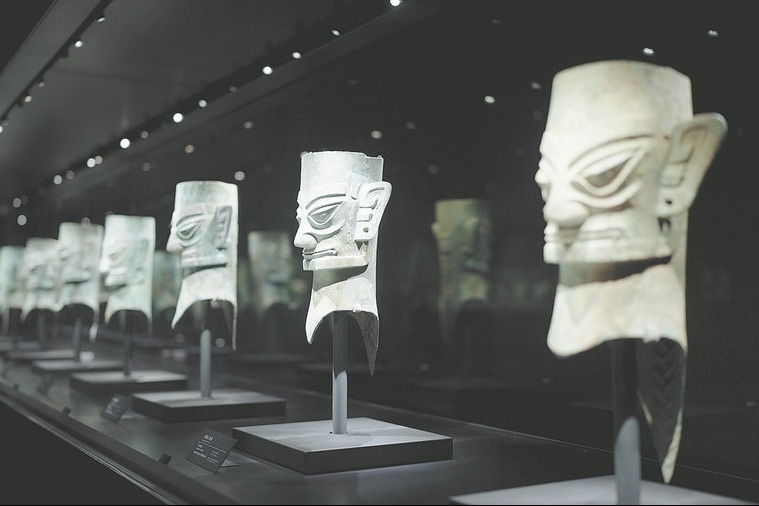Bay Area plan aims for world leading center
By WILLA WU | China Daily | Updated: 2019-02-19 02:56

Goal to become innovation, technology hub, important pillar for Belt and Road
The much-anticipated development plan outline for the Guangdong-Hong Kong-Macao Greater Bay Area was unveiled on Monday, aiming to turn the 11-city cluster into a globally influential international innovation and technology hub and an important support pillar for the Belt and Road Initiative.
The plan was released by the Central Committee of the Communist Party of China and the State Council. It sets both near-term and long-term development objectives for the region.
The plan says that by 2022, the framework for an international first-class bay area and world-class city cluster should be formed. The region will establish a reasonable division of labor, complementary functions and coordinated development.
By 2035, the region should have an economic system and mode of development mainly supported by innovation and fully develop into an international first-class area for living, working and traveling.
Markets within the Bay Area should be highly connected with an effective and efficient flow of resources and factors of production.
The Bay Area encompasses Hong Kong and Macao, as well as nine cities in Guangdong province: Guangzhou, Shenzhen, Zhuhai, Dongguan, Huizhou, Zhongshan, Foshan, Zhaoqing and Jiangmen.
The plan says that among the 11 cities, Hong Kong, Macao, Guangzhou and Shenzhen serve as the core engines for development.
It adds that Hong Kong serves as an international financial, transportation and trade center as well as a global aviation hub within the area. Macao, the other special administrative region within the Bay Area, will develop into a world-class tourism and leisure center and a commerce and trade cooperation service platform between China and Portuguese-speaking countries.
Guangzhou, the plan says, will have its functions strengthened as an international commerce and industry center and integrated transport hub. Shenzhen should strive to become a capital of innovation and creativity with global influence.
The remaining cities are identified as key nodes for the region. They will achieve their development through making the most of their distinct characteristics, the plan says.
Chief executives from the Hong Kong and Macao SARs welcomed the outline.
Hong Kong Chief Executive Carrie Lam Cheng Yuet-ngor expressed gratitude to the Central Government for placing importance on the views of the HKSAR government in formulating the plan. She made the remark in a statement released after the outline was announced.
In the same statement, a spokesman for the HKSAR government said Hong Kong will fully integrate the needs of the country with the strengths of the SAR and fully leverage market-driven mechanisms, giving Hong Kong brighter development prospects amid its integration into the overall development of the country.
Fernando Chui Sai-on, chief executive of the Macao SAR, said the outline confirmed the SAR’s place in the nation’s development, bringing the city development opportunities and bright prospects.
Chui, who commented in a signed article published on the government’s website, vowed that Macao would rise to challenges and seize timely opportunities in Bay Area development.
The plan was released around 6:30 pm on Monday. News of the plan’s announcement surfaced on Sunday. Expectation of its release sent Hong Kong and Chinese mainland stock markets surging by a large margin on Monday.
Before the release, Hong Kong’s Hang Seng Index rose by 446.17 points or 1.60 percent to close at 28,347.01 on Monday. Main board turnover achieved HK$95.06 billion, buoyed by the much-anticipated regional guidance initialed by the central government. The Hang Seng China Enterprises (H-share) Index closed 1.94 percent higher at 11,149.02 in line with rising volume that amounted to HK$24.25 billion.
Mainland A-shares markets were inspired as well. The benchmark Shanghai Composite Index jumped by 2.68 percent to close at 2,754.36 the same day, while the Shenzhen Component Index rose to 1,440.95, which was 3.71 percent higher.
Business and financial sectors welcomed the official promulgation of the outline, saying that Hong Kong’s pivotal role in financial services, technology and innovation is paramount to the development of the region.
Hong Kong Monetary Authority, the city’s de facto central bank, said in its Monday statement: “The outline sets out key directions guiding the development of the Greater Bay Area. The HKMA will proactively follow up with mainland authorities to implement related policy initiatives.”
Sun Feier and Oswald Chan contributed to this story.
























